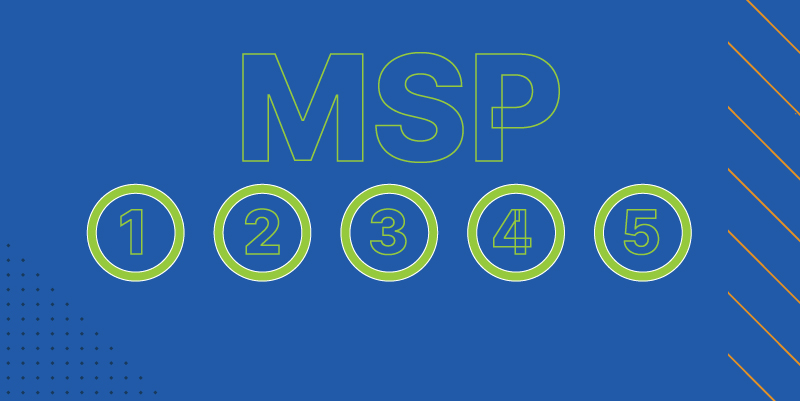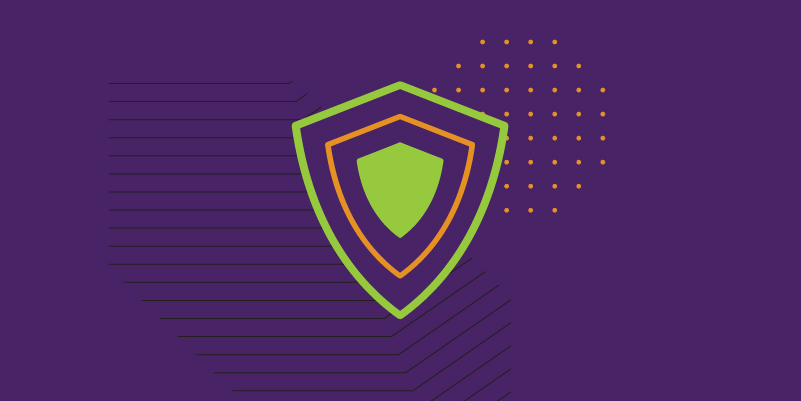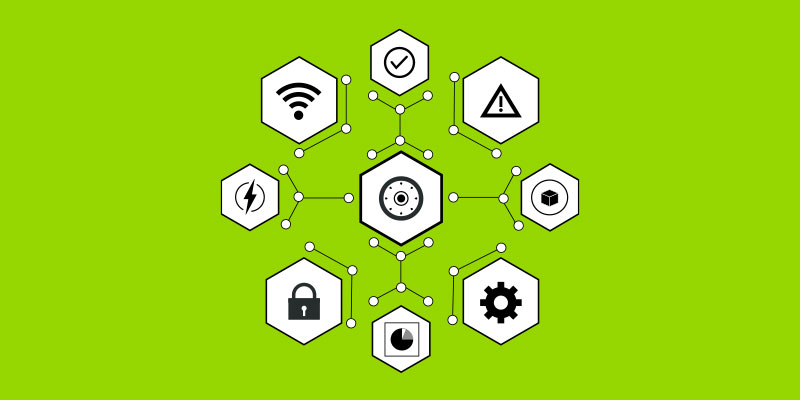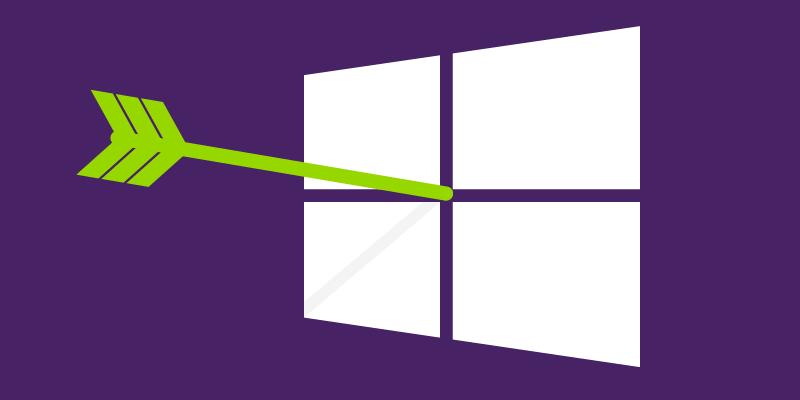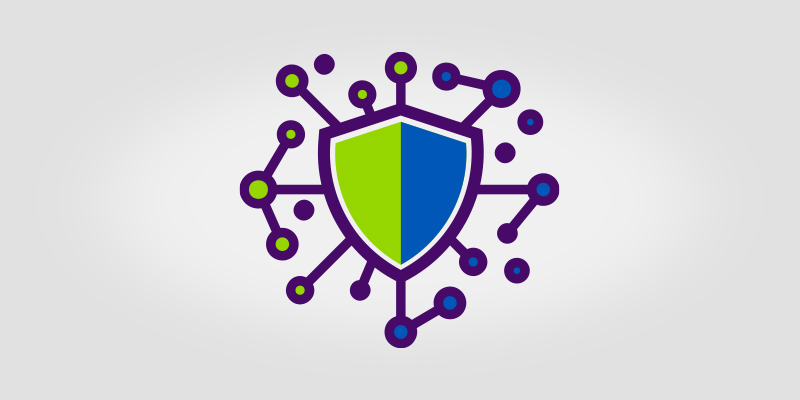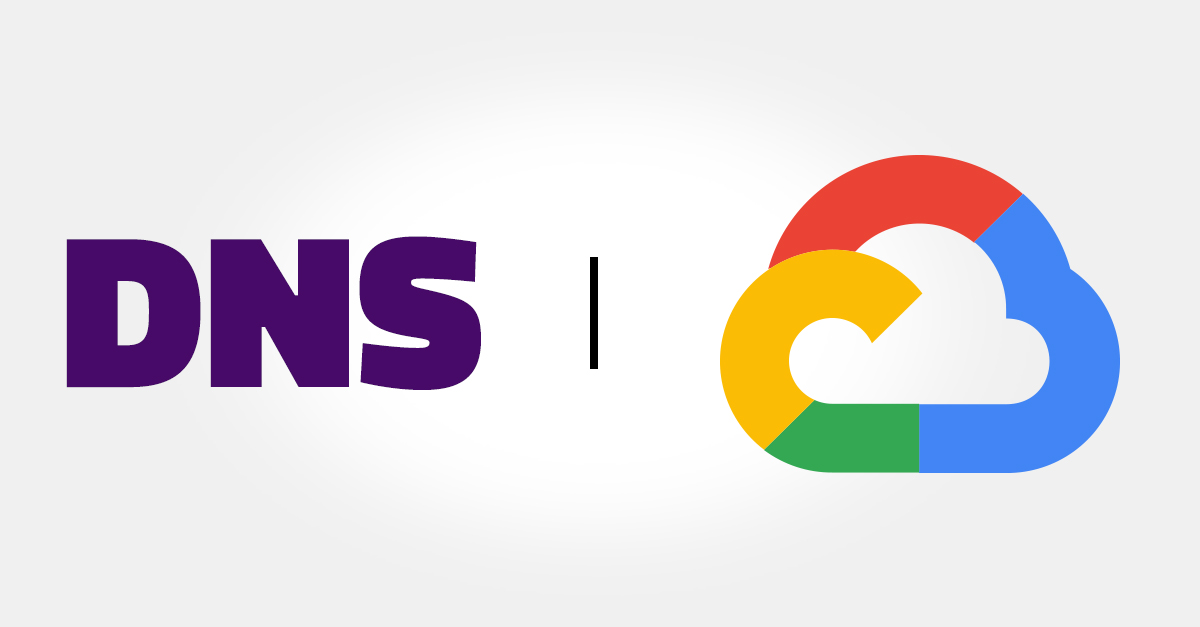To try to fight the isolation and uncertainty brought on by the COVID-19 outbreak, a few weeks ago we began what we’re referring to as “Office Hours” on the Webroot Community. It’s meant to be a forum where users can come together and pose their COVID/cybersecurity-related questions to some of our experts, and we try to help however we can.
The quality of questions and value of the dialogue were high right off the bat. It’s proven to be an excellent reminder of the usefulness of the Community in general. Some of the questions were even topical and popular enough to warrant a deep dive.
“How can MSPs help their clients bounce back from these challenging times?” is a good example.
As the question suggests, it’s not all bad being an MSP right now. With many employees migrating to remote work, IT services are in high demand. That could explain why, according to a study by the RMM platform Datto, though about 40% of MSPs anticipate cutting revenue projections for the year, 84% still say it’s a good time to be an MSP.
There’s both opportunity and necessity in developing a plan to help small business clients stay afloat in a flagging economy. On the opportunity side, exceptional customer service can be a great way MSPs to stand out in an industry with typically tight margins. On the other hand, if an MSP’s clients’ tank, they will longer be around to need the MSPs services. So, the ability to be an IT advisor for clients’ through tough times is intimately tied to the success of the MSP themselves.
What follows are a few pieces of advice for doing that, but’s important to remember that there’s no stock solution for bouncing back as a business. Every client is unique and so are the pressures applied by the coronavirus and subsequent economic slowdown. But here are some generic tips for being your client’s go-to adviser for weathering the storm.
- Set-up a virtual ‘discovery’ meeting to discuss with them what their situation really is? This should be a (perhaps painfully) honest conversation about the state of the business and what obstacles stand on the way of then getting back to “business as usual.”
- Devise an agenda based on the services you provide today and the associated costs. Based on the client’s challenges (or strengths) what is affordable what can maybe be minimized? Has the business direction changed at all? Many SMBs may be looking to pivot considering COVID-19.
- Aim to be flexible (while remaining profitable) and willing to accommodate the period between their business restarting and establishing a new normal. Ask yourself if taking a slight hit in monthly income or margins is an acceptable sacrifice to make in order to help keep a potentially long-term client afloat?
- Next, work with a client to draw up a joint “Recovery Plan” with a timeline for scaling back up the workload and how you can specifically assist with their recovery. This may involve stressing the costliness of a data breach, downtime, and other ways your services help the clients bottom line suffering.
- Finally, schedule regular client account reviews (hopefully, you already have some version of these in place) to monitor technology-related pain points and assist with addressing them as reasonably as possible.
Economic recovery for small businesses will undoubtedly entail some tough decisions. But doing everything you can as an MSP to assist with that recovery by being proactive and establishing a common recovery plan will lead to a much stronger business relationship in the future. Not to mention establishing you as a trusted, reasonable business advisor for the life of the relationship. So, take advantage of the opportunity of helping your clients’ bounce back from this pandemic.






